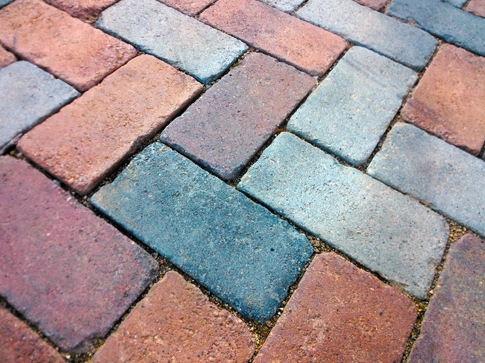Compacta is one of the most complete block machines or precast concrete machines currently available on the market. Compacta’s block machines are hard wearing and of excellent quality, both in terms of production and profitability. There are, however, some elements independent of the block machine which also provide significant added value, such as pigments.
The use of pigments delivers a surprising result to the end finish of a product. They are used in the mixing phase of the raw materials and different variables affect the finish of the pigmented mixture. First, it is important to consider the type of pigment used.
Inorganic pigments and, in particular, derivatives of synthesised oxides are particularly appropriate, because they have suitable properties for the mixture. The pigments are insoluble in water and fatty acids, resistant to sunlight and weather conditions, and physiologically non-harmful. Furthermore, pigments are resistant to cement, compatible with concrete and intense in colour. In short, pigments ensure greater durability, colour stability and dyeing power.
Pigments are often used in constructions that include paving, curbs and slabs – precast products that require aesthetic value. They have many benefits:
• Provide colour durability: durability studies have demonstrated colour stability for over 50 years, which reduces maintenance and painting costs
• Improve economic viability of projects
• Increase architectural creativity: attractive and economically viable solution
• Don’t lose structural quality
• Able to achieve almost any colour
For the proper development of pigmented precast concrete, specific indications need to be taken into account, such as adjusting the pigment dosage to the cement weight percentage, always keeping the concrete dosage proportions the same for the same element, first mixing pigments with dry aggregates and then adding water; and finally ensuring that the setting and curing processes are adequate.

